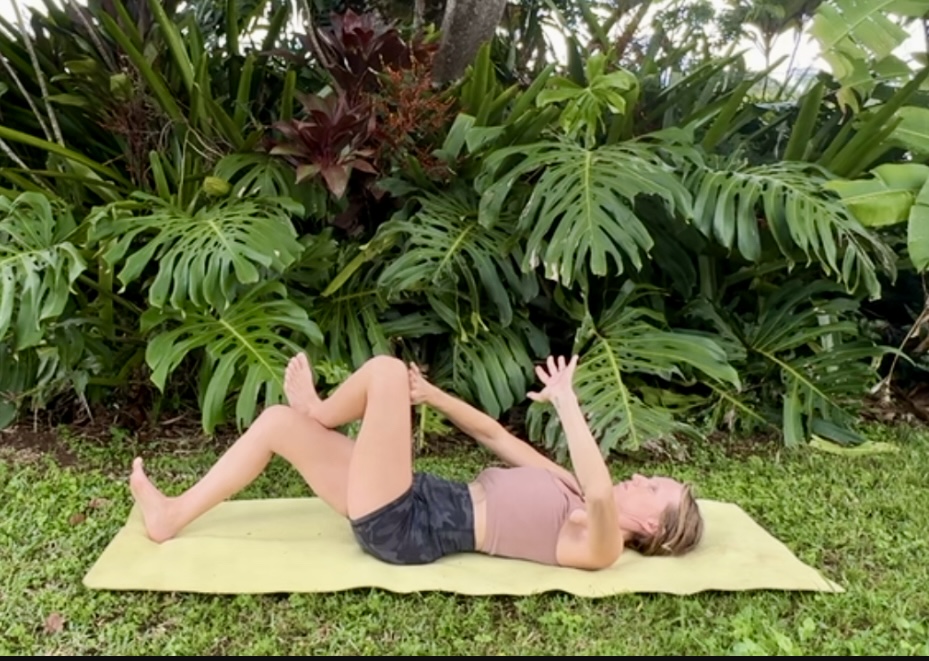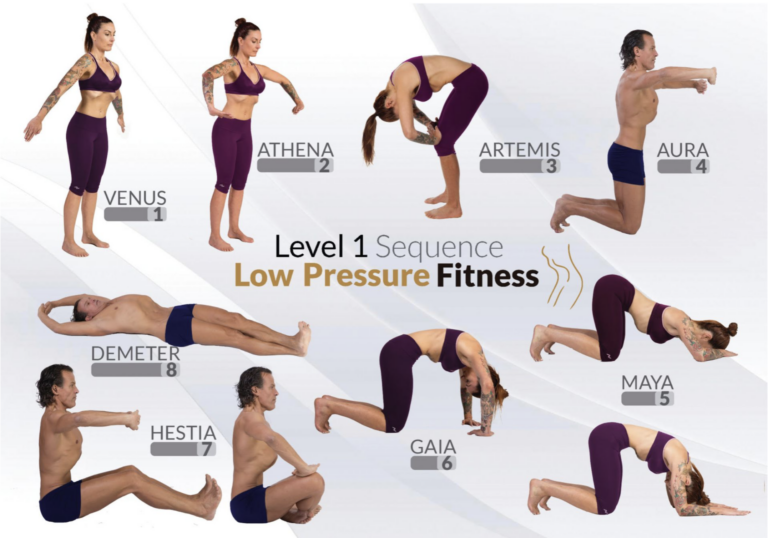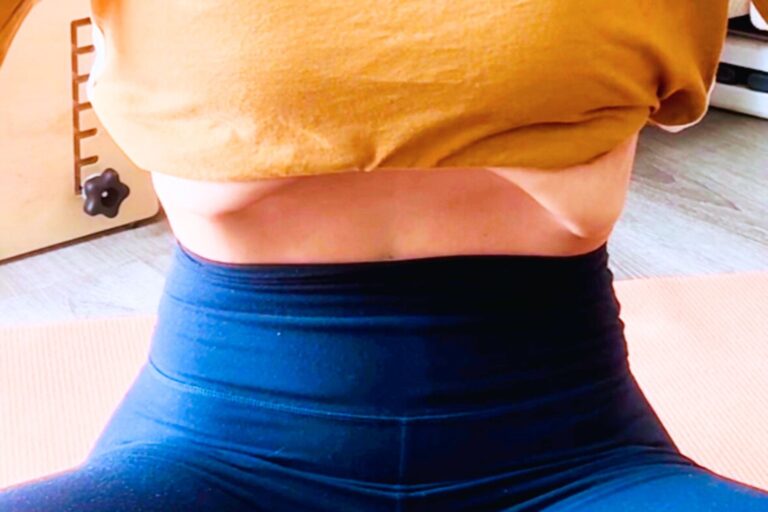Hypopressive Exercise For Diastasis Recti
A diastasis recti is when the rectus abdominis (the six-pack muscle) becomes lengthened and separates at its connection to the linea alba (band of fascia) in the midline of your stomach. This creates a space between the two muscles. Diastasis recti is a common condition that happens in pregnancy, and 32% of women will have a remaining diastasis at 12 months postpartum.

What is hypopressive exercise?
Hypopressive exercise is a type of exercise that reduces pressure inside of the intra-abdominal cavity. Since a diastasis recti is typically caused by increased pressure in the intra-abdominal cavity, this low-pressure concept is excellent for healing and recovery.
Here is an example of hypopressive exercise:
How does hypopressive exercise help heal a diastasis?
Because hypopressive exercise reduces pressure in the intra-abdominal cavity while simultaneously strengthening the deep core muscles, it promotes the optimal environment for a diastasis to come back together and close.
. How Hypopressive Exercises Help Diastasis Recti
- Activates deep core muscles, including the transverse abdominis.
- Reduces intra-abdominal pressure to encourage natural healing of the abdominal separation.
- Improves posture and alignment, indirectly supporting abdominal wall recovery.
- Strengthens the pelvic floor, which often coexists with DR issues.
Check out this post on how to check for and heal a diastasis:
What I recommend for hypopressive exercise for diastasis:

Instead of crunches, do this hypopressive exercise with arms symmetrical at chest height.

Instead of the bicycle exercise, do this hypopressive exercise with one hand pressing into the opposite knee.

Instead of planks, do this hyporessive exercise with one hand and the opposite leg are advanced slightly forward.
Why hypopressive exercise for diastasis recti?
When you perform hypopressive exercise, you combine posture, alignment, and breath to optimize pressure reduction inside the abdominal cavity. With hypopressive breathing, there is also a reflexive activation of the deep core muscles. The abdominal vacuum technique, performed throughout a low pressure fitness flow, also helps to tighten and strengthen the abdominal fascia. This strengthening of the fascia helps close a diastasis.







